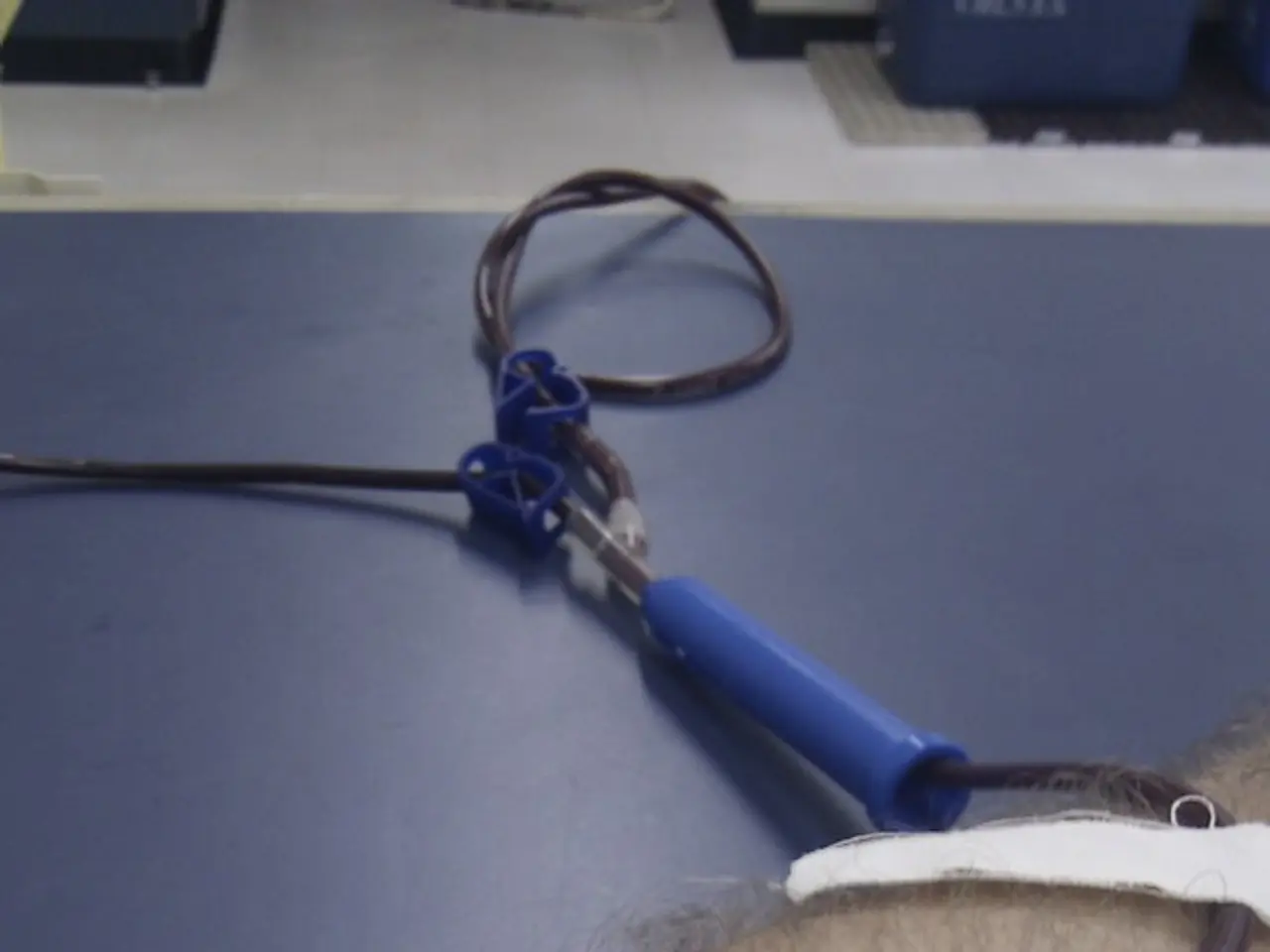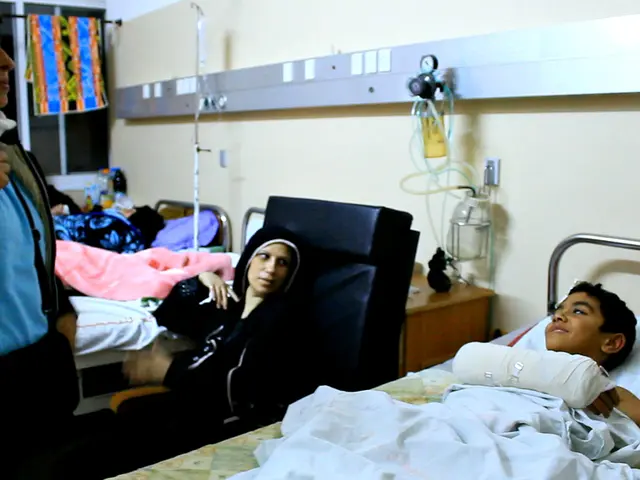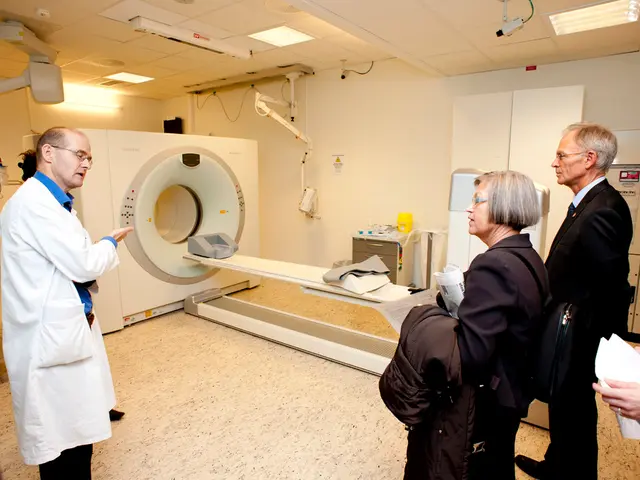Understanding the Distinctions Between Varicose Veins and Deep Vein Thrombosis: Key Insights
Varicose veins and Deep Vein Thrombosis (DVT) are two distinct health conditions that affect the circulatory system, particularly the veins. Let's delve into the differences between these two conditions.
Varicose Veins
Varicose veins, often referred to as varicosities, occur when superficial veins become swollen and enlarged, causing a protruding and twisted appearance. Common symptoms include a change in the colour of the veins, feelings of pain or heaviness in the legs, an itchy sensation around the affected vein, and difficulty sitting or standing for extended periods.
The causes of varicose veins include damaged or weakened valves, hormonal imbalance, unhealthy aging, and prolonged standing. Interestingly, varicose veins are more common in females.
Although varicose veins can cause discomfort, they are generally not life-threatening. The most effective treatment for varicose veins is sclerotherapy, a non-invasive process that involves injecting a solution into the affected veins to cause them to shrink and eventually disappear.
Deep Vein Thrombosis (DVT)
Deep vein thrombosis, also known as venous thromboembolism, happens when blood starts clotting in deeper veins, often in the pelvis, leg, or thigh areas. Symptoms of DVT include unbearable pain in the calf region, a hot sensation in the affected area, a reddish or bluish appearance of the skin, onset of edema, and painful feelings on touching the affected region.
The causes of DVT include blood clotting, use of catheters for a long time, excessive production of blood cells by bone marrow, poor blood circulation in deep body areas, sitting for a longer duration during a long-distance journey, and immobility due to surgical reasons.
DVT demands prompt medical attention due to its potential severity. If a clot dislodges, it can travel to the lungs, causing a life-threatening condition known as pulmonary embolism. Common treatments for DVT include the usage of anticoagulants, surgical removal of blood clots, and the use of Inferior vena cava filters.
Comparing Varicose Veins and DVT
| Aspect | Varicose Veins | Deep Vein Thrombosis (DVT) | |-------------------|----------------------------------------------------|----------------------------------------------------| | Causes | Weakened or damaged valves in superficial veins | Blood clot in deep veins | | Location | Superficial veins close to the skin surface | Deep veins within muscles | | Symptoms | Visible twisted, bulging veins; aching, heaviness | Sudden swelling, pain, tenderness, warmth, redness | | Risk Factors | Age, genetics, pregnancy, obesity, prolonged standing | Prolonged immobility, surgery, injury, obesity, smoking | | Complications | May cause skin ulcers or superficial thrombophlebitis | Risk of life-threatening pulmonary embolism | | Treatment | Conservative: compression stockings, lifestyle changes; medical: sclerotherapy, laser therapy, surgery for severe cases. | Anticoagulant medications to prevent clot growth, thrombectomy in some cases, compression therapy, and preventing clot migration. |
In conclusion, while varicose veins and DVT share some similarities, they are distinct conditions with different causes, symptoms, risk factors, and treatments. It is crucial to visit a reliable clinic whenever you encounter any symptoms of DVT or varicose veins for prompt and accurate diagnosis and treatment. If you are experiencing symptoms of varicose veins, you can book an appointment at varicose veins treatment Dubai based polyclinics to opt for sclerotherapy.
- In the realm of science and health-and-wellness, two distinct medical-conditions, varicose veins and Deep Vein Thrombosis (DVT), are linked to the circulatory system.
- Varicose veins, a cosmetic concern often observed in superficial veins, may lead to discomfort, whereas DVT, a potentially life-threatening condition, involves blood clotting in deeper veins.




